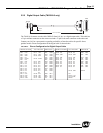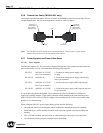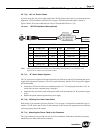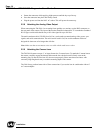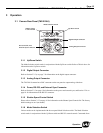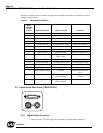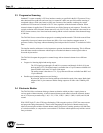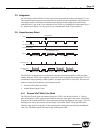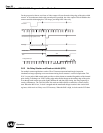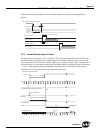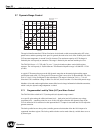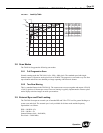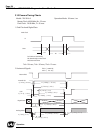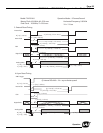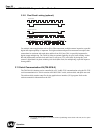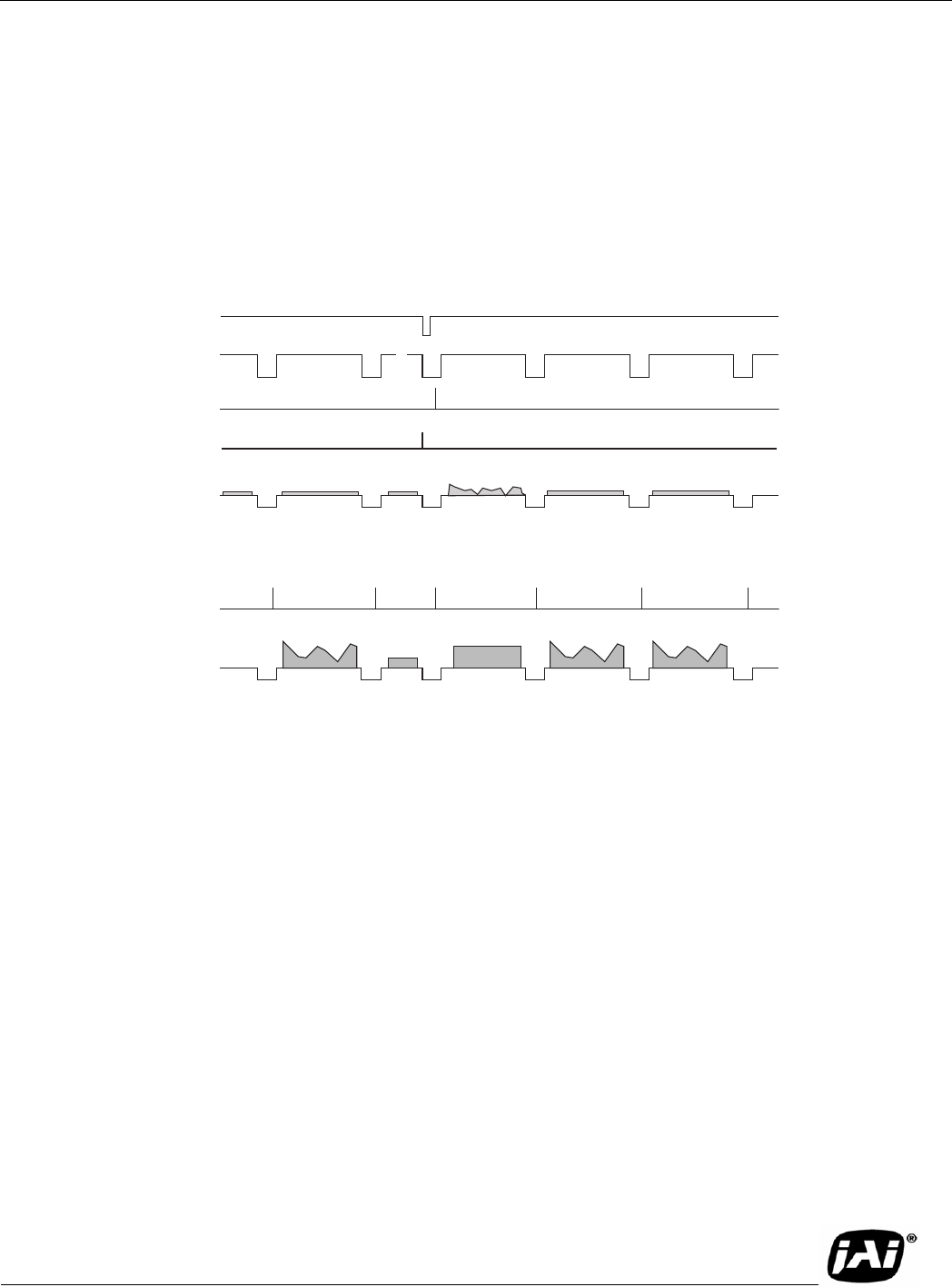
Page 19
TM-2016-8 and TM-2016-8CL Progressive Scan Shutter Camera
Operation
3.5 Integration
The CCD imager of the TM-2016-8 can be exposed for longer than the normal scan timing of 1/8 sec.
This integration feature provides extra sensitivity for dark-environment applications. The progressive
scan imager permits a full frame of resolution in non-interlace format. Integration is achieved by
controlling the #11 pin of the 12-pin connector to low (GND) or providing pulse-width control up to 3
sec. Please refer to Figure 2.2.2 on page 6 for pin-out information on the 12-pin connector.
3.6 Asynchronous Reset
The TM-2016's asynchronous reset is flexible and accepts external horizontal drive (HD) for phase
locking. When the VINIT pulse is applied, it resets the camera's scanning and purging of the CCD. For
asynchronous image capturing by frame grabbers, it outputs single FDV at async reset. There are two
modes to control the asynchronous reset and shutter speed:
• External VINIT with Pulse Width
• Internal Shutter Speed Control
3.6.1 External VINIT With Pulse Width
The TM-2016-8 can be reset with external reset pulse (VINIT). Set the dial switch to “9”. Apply a
pulse-width control VINIT signal generated from an external event trigger to the camera. The internal
reset pulse will be latched to HD from the external pulse leading edge (negative going edge). The CCD
discharge pulse will be generated to clear the images. The internal VINIT will be generated at the
following edge (positive going edge) of the external pulse, resetting the internal timing including the
video sync. The shutter speed is the same as the external pulse width.
VINIT
VD
VIDEO
Shutter Video
TG (TRANSFER GATE)
DISCHARGE PULSE
ASYNC RESET
Stand-by Image Stand-by Image
PROGRESSIVE OUTPUT
NO-shutter mode
SG
NO-shutter mode
Video
1st Frame Normal Video Normal VideoNormal Video Interrupted Image



